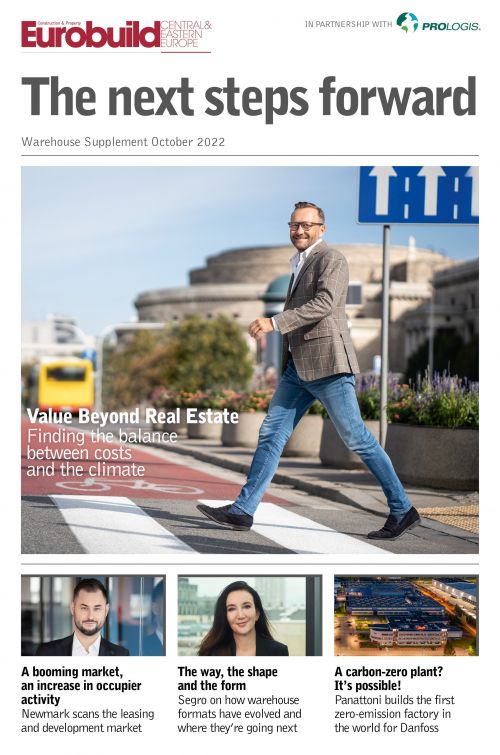‘Eurobuild CEE’: Are customers’ needs and their attitudes to modern distribution changing?
Paweł Sapek, Prologis: We know that as a product, warehouses are becoming a bit ‘old hat’. These days, the focus tends to be on accompanying services, from the design work to the handover of a building ready to be used; and later on, the management of the property and its leasing over a period of many years. It’s vital to provide a full range of services, delivered with professionalism, and capable of meeting the evolving challenges faced by businesses. In this way, warehouse space is increasingly seen as a service – or, to put it more accurately, as a combination of services, products and solutions capable of meeting customers’ changing needs. These solutions must be delivered in the quickest time and at the best possible price, including implementation and ongoing customer care. We’ve given a whole new meaning to the term “made to me































































